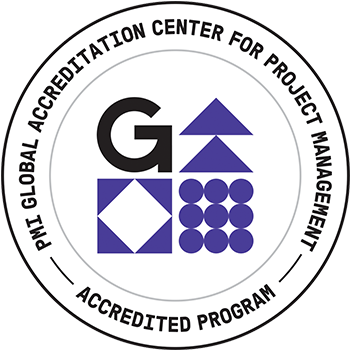Projects in all industries both public and private need proper management to be successful. Proper management may sound easy at a first glance, but in practice it has many difficulties as unforeseen events and actions that turn the project to a success or to a failure. To some extent the difficulties in the projects are related to the human factor as level of uncertainty or lack of experience, understanding or simply stated the lack of knowledge for certain situations. These are the voids in the management practice that if filled wisely may improve the potential of successfully project delivery. Depending on a project the issues may starts right from the initiation phase of the project and carry over the rest of the project phases. Stakeholders, technical issues, financing, contracting, risk management, negotiations, procurement are some of the important areas for a careful consideration. The question is: How to analyze these for informed decision-making and how to count for the human factor or preference in such decisions? This paper proposes the application of the management science techniques for quantitatively assessing and addressing the human factor impact on project management decision-making that can allow to plan in advance and maximize the chances of success.
PMI Talent Triangle: Strategic and Business Management
Event practitioners affirm that Project Management (PM) practice is adopted and implemented in their organisation as this is where most of their concepts and principles emerge from. Event Management (EM) has all the characteristics of a project, which makes PM techniques an important subject in the Event Management Body of Knowledge. The aim of the study was to develop a business process map for the bench-marking of PM practices for Event Management Organisations (EMOs) in England. The objectives of the study are listed: To establish the concepts and principles of EM, whilst critically reviewing the existing and most common PM methodologies adopted across the world; To access the adoption of current PM practices (processes, tools and techniques) by EMOs in England using the existing methodologies as benchmark (for ensuring if EMOs adhere strictly to PM practices) and; To develop a process map to consolidate the research findings of the study.
A qualitative method was used to achieve the overall aim and objectives in this research. A qualitative case study methodology via a semi-structured interview technique was employed as data collection tool due to the exploratory nature of the research, with data collected from 6 case studies purposively sampled with Event Managers, Event Practitioners, Project Leaders, and other Professionals of the Event industry (private sector), and EM Departments of Local Authorities (public sector). A comprehensive literature review on past and present EM practices were used as secondary source of data collection. The findings from the literature review were presented in a tabular format of comparison of PM methodologies, and process maps illustrating the processes within each of those methodologies were also developed. The Single-case narrative technique was used to analyse and present the findings of each case, and the Cross-case synthesis technique was used to analyse and present the multiple cases on each interview question asked. The Comparative Analysis technique was deployed to identify each process within the case studies, comparing them with a typical PM process. The research outcome of this study was a business process map showing event activities that represent all the cases investigated, using a review of literature as research basis and existing PM methodologies as benchmark. This business process map was derived with the aid of typical PM processes from initiation to closure as a guide, to examine what event activities would be classed under those PM processes.
PMI Talent Triangle: Strategic and Business Management

